[ By WebUrbanist in Architecture & Offices & Commercial. ]

Opening this year in Newark, this 69,000-square-foot space will grow 2 million pounds of pesticide-free produce each year, turning an old steel factory into the largest indoor farm on the planet, 75 times more productive per square foot than open fields. This AeroFarms facility is to serve both as the company’s global headquarters as well as the anchor project for a Maker’s Village designed to grow business in the city and provide a prototype for scaleable urban agriculture.

Plants rooted in reusable microfleece cloth and stacked in modular planters will be sprayed by a nutrient mist and illuminated by LED lights. These crops require no soil, 95% less water and create no harmful runoff. Located on a 3-acre industrial site in the Ironbound neighborhood, the structure will expand the role of affordable and local urban farming in the community and provide nearly 100 long-term jobs for residents. Such an approach offers a new potential future role to rundown industrial districts around the world, turning unused infrastructure in struggling cities into fresh indoor farming space.

More on the process and key materials: a “reusable cloth medium [supports] seeding, germinating, growing, and harvesting.” This critical cloth “has a number of benefits such as durability and reusability, increased cleanliness and sanitation, and the efficient harvest of a dry and clean product.”

In terms of LED innovation and efficiency, the company is “targeting specific wavelengths of light for more efficient photosynthesis and less energy consumption. LEDs can also be placed much closer to the plants, enabling greater vertical growing for even greater productivity per square foot.”

Aeroponics is the key to the solution, limiting the need for conventional watering and representing “a cutting-edge type of hydroponic technology that grows plants in a mist. The aeroponic mist most efficiently provides roots with the nutrients, hydration and oxygen needed, creating faster growing cycles and more biomass than other growing approaches. AeroFarms has designed its aeroponics as a closed-looped system, recirculating our nutrient solution and using over 95% less water than field farming.”

“We are delighted to introduce AeroFarms, a farming and technology leader, to the City of Newark, creating jobs for local residents and greater access to locally grown produce for our community,” said Ron Beit, founding partner and CEO of RBH Group. “AeroFarms will anchor our broader ‘Makers Village’ development project in the Ironbound neighborhood that will compete toe-to-toe with the Brooklyn Navy Yard in terms of a superior cost structure and greater transmodal access, bringing 21st century ‘maker-type’ businesses to Newark and the State of New Jersey.”






[ By WebUrbanist in Architecture & Offices & Commercial. ]
[ WebUrbanist | Archives | Galleries | Privacy | TOS ]

WebUrbanist
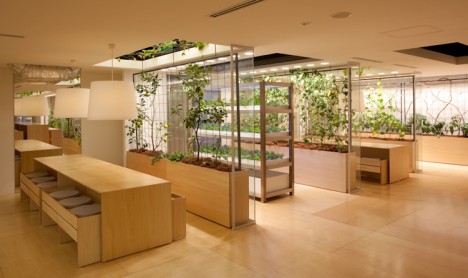

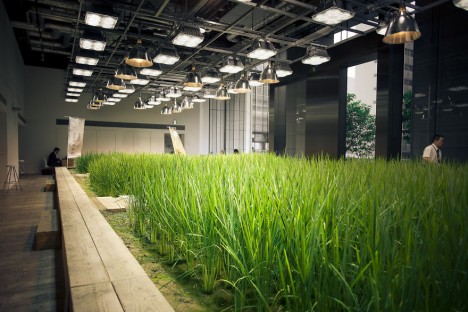

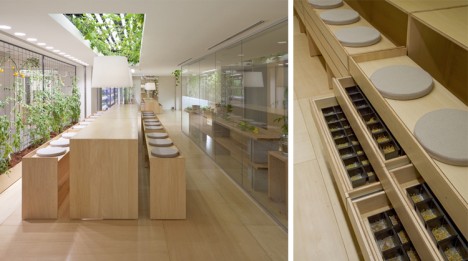





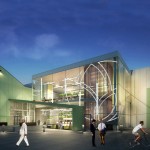

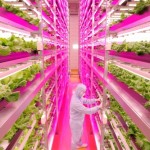
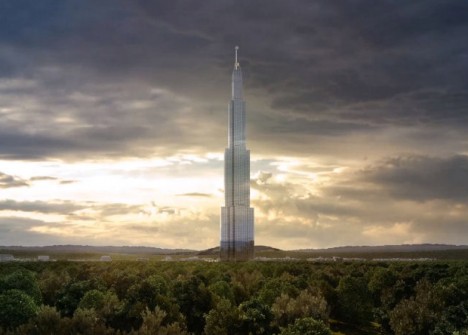



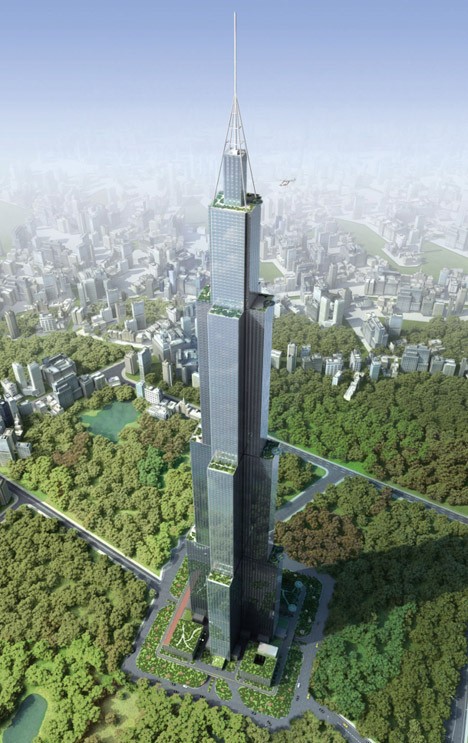
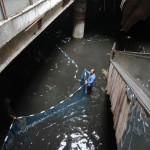

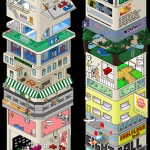






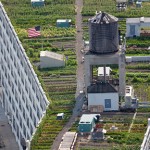






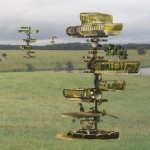
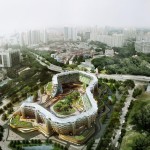










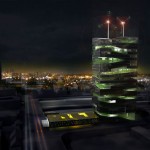
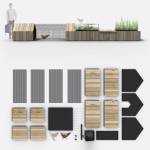

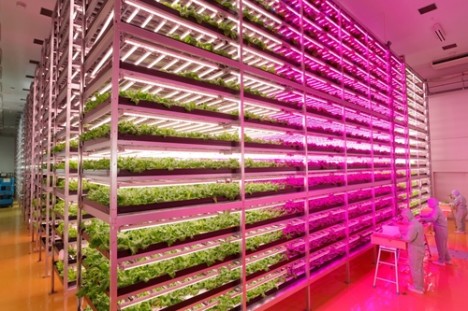

















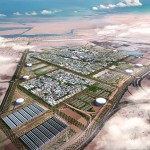
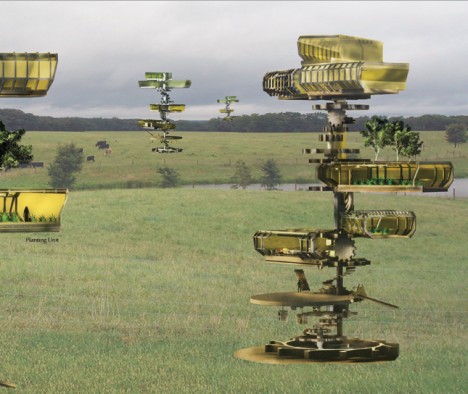
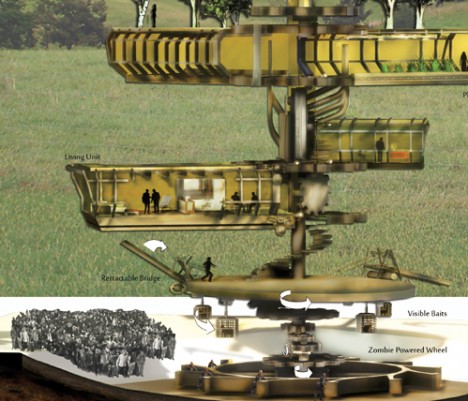
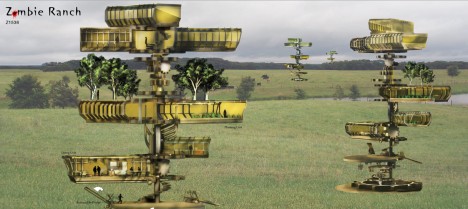
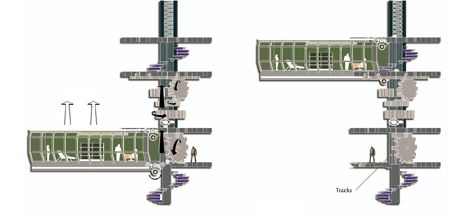
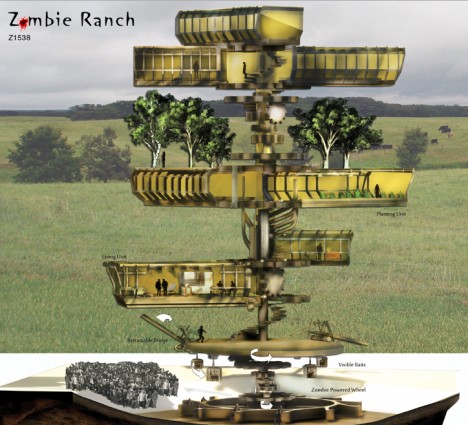

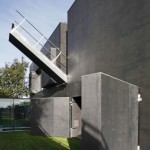













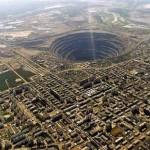
You must be logged in to post a comment.